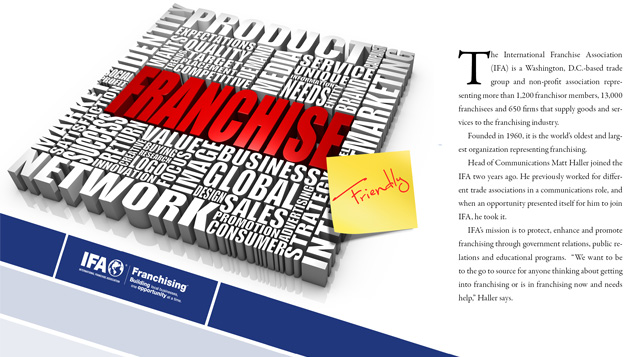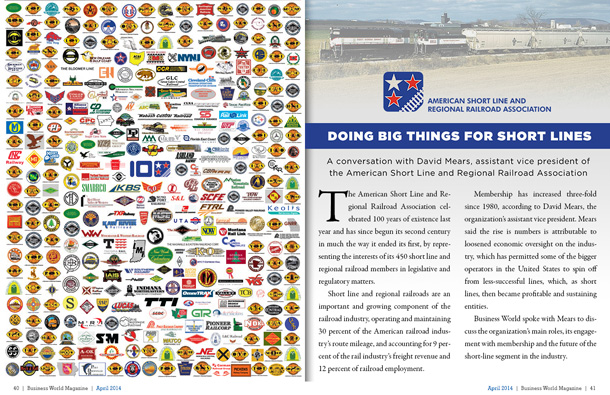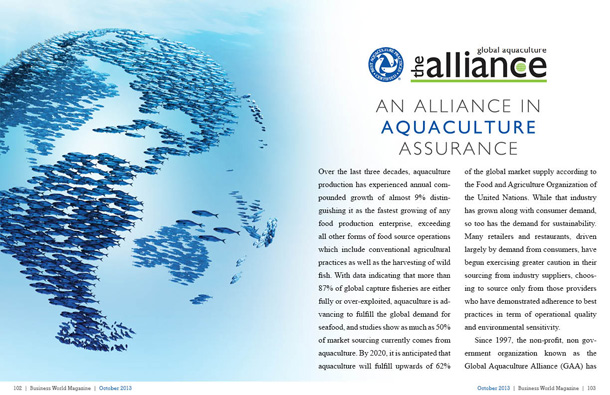
Real community spirit
At the Association for Manufacturing Excellence (AME), they have a straightforward but noble mission – bringing people together to share, learn and grow. With that mission, AME hopes to inspire a commitment to enterprising excellence by providing practical learning opportunities for like-minded people to improve business performance. These opportunities include networking events and conferences that focus on shared learning and teaching best practice. “The organization is all about trying to advocate and promote operational excellence in Australia,” says Peter Campbell, President of AME Australia.
The original AME was formed in North America in 1985, and is an international not-for-profit organisation. Fourteen years later, in 1999, AME Australia was formed – in a pub. That year, Jim Watkins, a man who would later turn out to be the driving force behind AME Australia’s establishment, returned from the AME conference in the U.S.A. and shared his experiences in a presentation as part of a Manufacturing Best Practices course. Afterward, he got together with a number of interested participants and they discussed the AME and the work they were doing. “Basically they started a grassroots movement in the pub after work once a month,” recounts Campbell. “They talked about all these great ideas that were starting to emerge around process improvement, obviously coming out of Japan, but gaining traction and popularity in the States. Once they got a critical mass together they formed the Australian arm of the association out of that group of people.” AME Australia’s foundation was a particularly fitting one, and reflected exactly what the organisation would go on to try and achieve. “It’s really all about the spirit of freely sharing ideas, learnings and best practice.”
AME credits Jim Watkins early enthusiasm and vision for bringing the organisation to where they are today. While Watkins unfortunately passed away in December 2002, AME Australia ensured his outstanding contributions to manufacturing excellence are remembered by establishing the Jim Watkins Award, which is presented to any company or individual who is determined to have made a significant contribution to the manufacturing industry.
Internationally, AME has over 6,000 members. In their Australian chapter, that count can fluctuate anywhere from 350 and 600 depending on what Campbell calls “cyclical factors”. Most of those members are individuals, but in the past two years they have started offering discounted company memberships to three people or more.
The most valuable service AME has to offer their members, according to Campbell, is exposure. “Exposure to the best ideas that are available in the world at the moment,” he says. “We’re right at the forefront of leadership in that space globally and we continually seek out people who we think are particularly relevant. We bring them out to Australia and expose our members to that kind of thinking.” An example of that kind of speaker is Mike Orzen, who AME recently brought to Australia for an AME Roadshow. Orzen is an expert in applying the principles of process improvement to IT and co wrote a book called ‘Lean IT’ about the subject. AME brought him out to Australia to do a tour of all the major capital cities, offering full day workshops aimed at teaching professionals how to drive behaviours, skills and innovation within their IT organisation. That tour was well received by participants, and is the kind of thing Campbell sees AME doing more and more going forward.
The AME is not devoid of challenges, however. “The first challenge is we’re run by volunteers and we’re not for profit,” Campbell says. “Everyone has very busy day jobs, so you’re really working at the margins of people’s available time.” That kind of problem is apparent in most volunteer organizations, though. The real challenge for AME, Campbell says, is one of apathy. “There’s a lot of apathy towards adopting best practice in Australia. People aren’t, generally speaking, well traveled and up to speed on the details of leadership and process excellence globally. They don’t realize how high the bar is set and how fast that bar is moving away from them, so there is a bit of complacency there.” The antidote to that complacency is education, which makes for something of a catch-22. “We’re trying to advocate for a substantial increase in the sophistication of processes thinking domestically, and we’ll need to get people along to hear those excellent speakers convey that message. But if they don’t see the need, and they don’t realise how much they don’t know, they don’t come along. And paradoxically the people who do come along are probably the people who least need to be there.”
AME has its own industry publication called Target, which Campbell says is extremely highly regarded and useful to their members. Its purpose is to share manufacturing and organisational best practices in all types of manufacturing operations. The emphasis of Target is on real world case studies, so it offers something that you could not find in a textbook. Target is made available as a traditional magazine, which is realised three or four times a year, as well as an e-magazine. In addition to Target, AME Australia also offers a newsletter called The Update. The Update is more domestically focused and meant to inform the Australia membership of upcoming events.
In the past, AME has run small local events with local speakers. They will continue that practice, but the emphasis moving forward will be on getting international speakers out to Australia, and taking those events to the membership. Rather than host a conference in one major city that all of their members have to traverse to, AME plans to take their speakers on the road, like they did successfully with Orzen. “It’s easier to move one good speaker to the membership than it is for the membership to move and come see the speaker.”
Beyond that, Campbell simply plans to keep doing what the association was created to do. “The dynamic of AME is very much about continuing in the spirit in which it was formed, which is people who are passionate about process excellence. It is people who have an awareness of process excellence and what it takes to be excellent, and they’re trying to share that passion and intellectual property with other people to help them do better. It’s a completely altruistic motivation. It’s real community spirit,” Campbell says proudly. “It’s about taking other people’s ideas, building on them, and trying to give them some value in return. That’s what the organisation is all about.”








